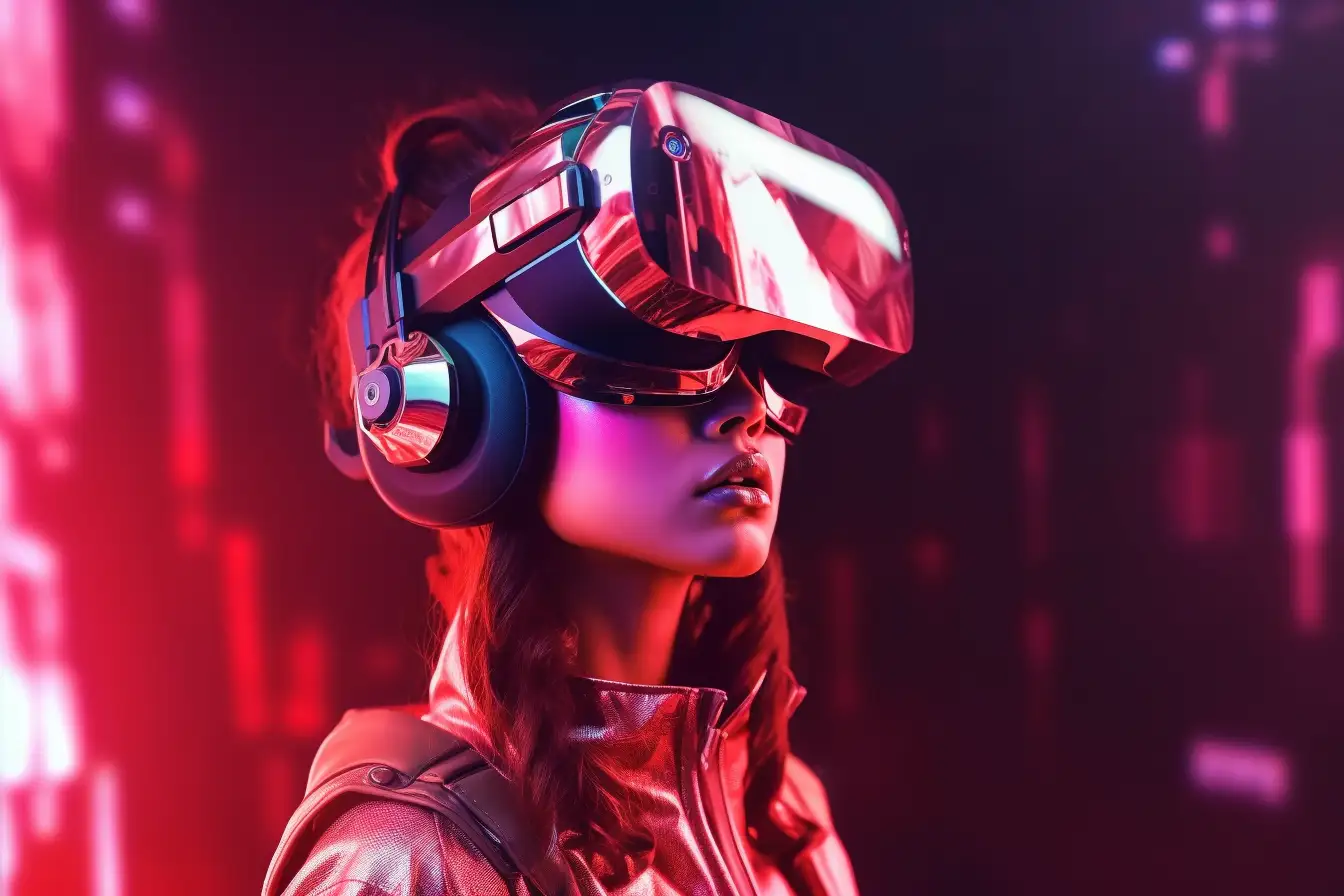
Augmented and virtual reality (AR/VR) are among the most significant technology trends in the modern era. Over half of businesses across various industries, including automotive, manufacturing, gaming, healthcare, retail, aerospace, and the military, have already implemented AR & VR.
According to a report published by Allied Market Research, the global augmented and virtual reality market size is anticipated to reach $856.2 billion with a considerable CAGR from 2022 to 2031. North America is currently holding the highest market share, owing to the presence of key market players such as Google, Facebook, and others, which offer advanced solutions. The Asia-Pacific region, on the other hand, is expected to witness the fastest growth rate during the forecasted period, attributed to the growing number of smartphone users, the introduction of 5G technology, and high-speed communication in emerging economies like China, India, and others.
The outbreak of the COVID-19 pandemic has boosted the growth of the global AR/VR market in multiple ways. The implementation of the global lockdown led to the adoption of a work-from-home culture. As more businesses turned to remote working, the adoption of virtual and augmented reality technologies increased.
In addition, the pandemic led to a halt in all shops and malls across nations, resulting in a significant increase in online shoppers. AR & VR helped extend experiences to online shoppers with an explosion of virtual try-on solutions, enabling them to virtually try on products before buying. For instance, IKEA developed the IKEA Place app, allowing customers to place furniture in desired locations to visualize how the items would look in their homes. This made it easier for them to decide on the purchase of the item.
FRED Jewelry, on the other hand, allows customers to customize bracelets on the company website with a 3D configurator and try them on virtually. Mercedes also uses an augmented intelligence chatbot combined with augmented reality through which specific parts of the car can be scanned by the customer’s phone camera, and the app will automatically provide information about the particular car part.
With this drift on board, investments in the AR/VR industry have increased rapidly. Many startup companies have been participating in the development of AR-driven solutions. Key market players started adopting strategies such as collaborations, partnerships, and new product launches to stay competitive in the market.
Reportedly, in January 2022, American multinational corporation Qualcomm signed a partnership deal with Microsoft to develop unique semiconductors for AR glasses that would be interoperable with Metaverse apps. Geenee AR and Ready Player Me partnered up to work on camera filters, developing an app that allows users to drop their avatar on other platforms into the app and use it in AR. Such strategies by market players are contributing to the growth of the global augmented reality market to a great extent.
Lately, Geenee AR, in partnership with Ready Player Me, has developed an app that allows users to insert their avatar into the app and use it in augmented reality. By dropping one’s avatar into Geenee’s WebAR Builder software, users can effectively wear their avatar on camera. This technology might help to hybridize virtual meetings in the future. The fact that AR & VR can display virtual objects embedded in our real world implies that various opportunities
Get access to exclusive strategies, hidden tips, and pro-level insights that we don't share publicly.
Ultimate Tech Strategy Guide + Weekly Pro Tips